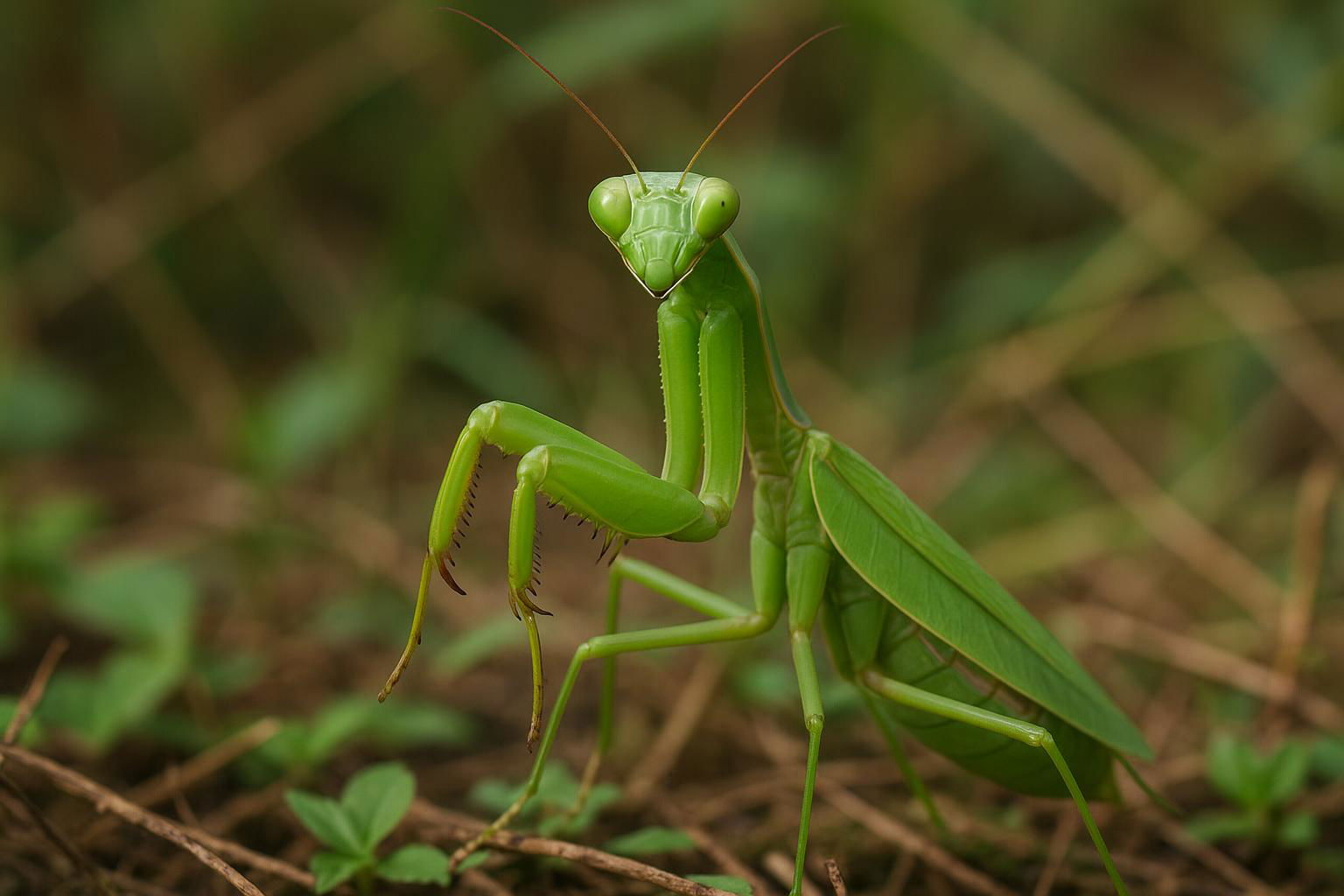
Giant Asian Mantis
Hierodula membranacea
The Giant Asian Mantis, scientifically known as *Hierodula membranacea*, is a prominent insect renowned for its size and striking appearance. Native to Southeast Asia, this mantis species is one of the largest in its genus, with adults typically measuring between 7 to 9 centimeters in length. Its vibrant green or sometimes brown coloration provides excellent camouflage among foliage, making it a stealthy predator in its natural habitat.
The Giant Asian Mantis is a highly effective hunter, preying primarily on other insects, although it has been known to catch small vertebrates like lizards and frogs. It utilizes a sit-and-wait strategy, relying on its superbly adapted vision to detect movement before striking with its powerful raptorial forelegs.
In terms of behavior, this species is solitary and known for its cannibalistic tendencies, especially during mating. The males risk becoming prey to the larger females during the process, a common trait among mantids. These mantises exhibit subtle sexual dimorphism, with females generally being larger and more robust than males. The Giant Asian Mantis plays an important role in its ecosystem as a natural pest controller, helping to maintain the balance of insect populations.

 All Species & Breeds
All Species & Breeds
 Highland Cattle
Highland Cattle
 Miniature Donkeys
Miniature Donkeys
 All Species Directory
All Species Directory
 Highland Cattle in Virginia
Highland Cattle in Virginia
 Miniature Donkeys in Texas
Miniature Donkeys in Texas












